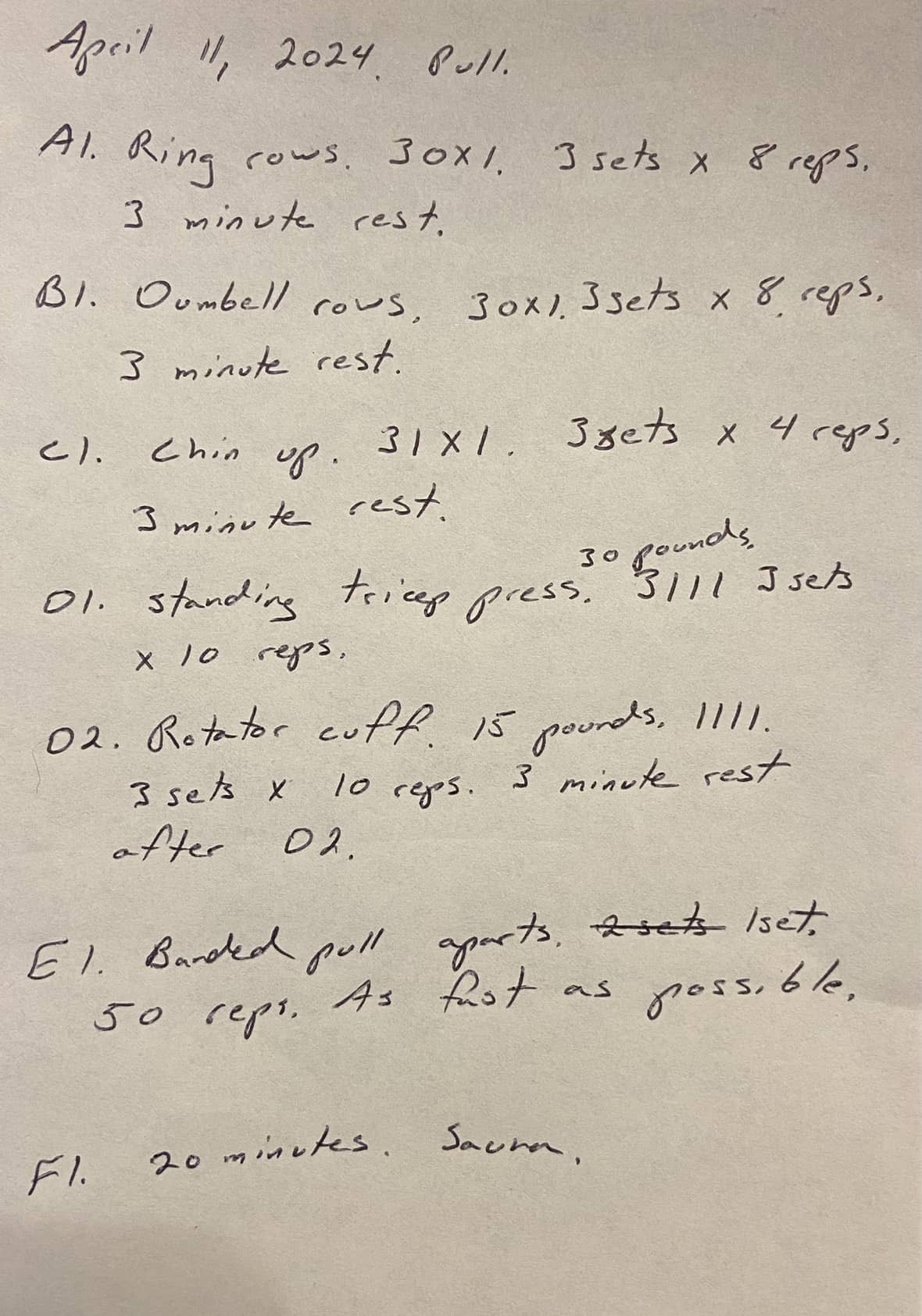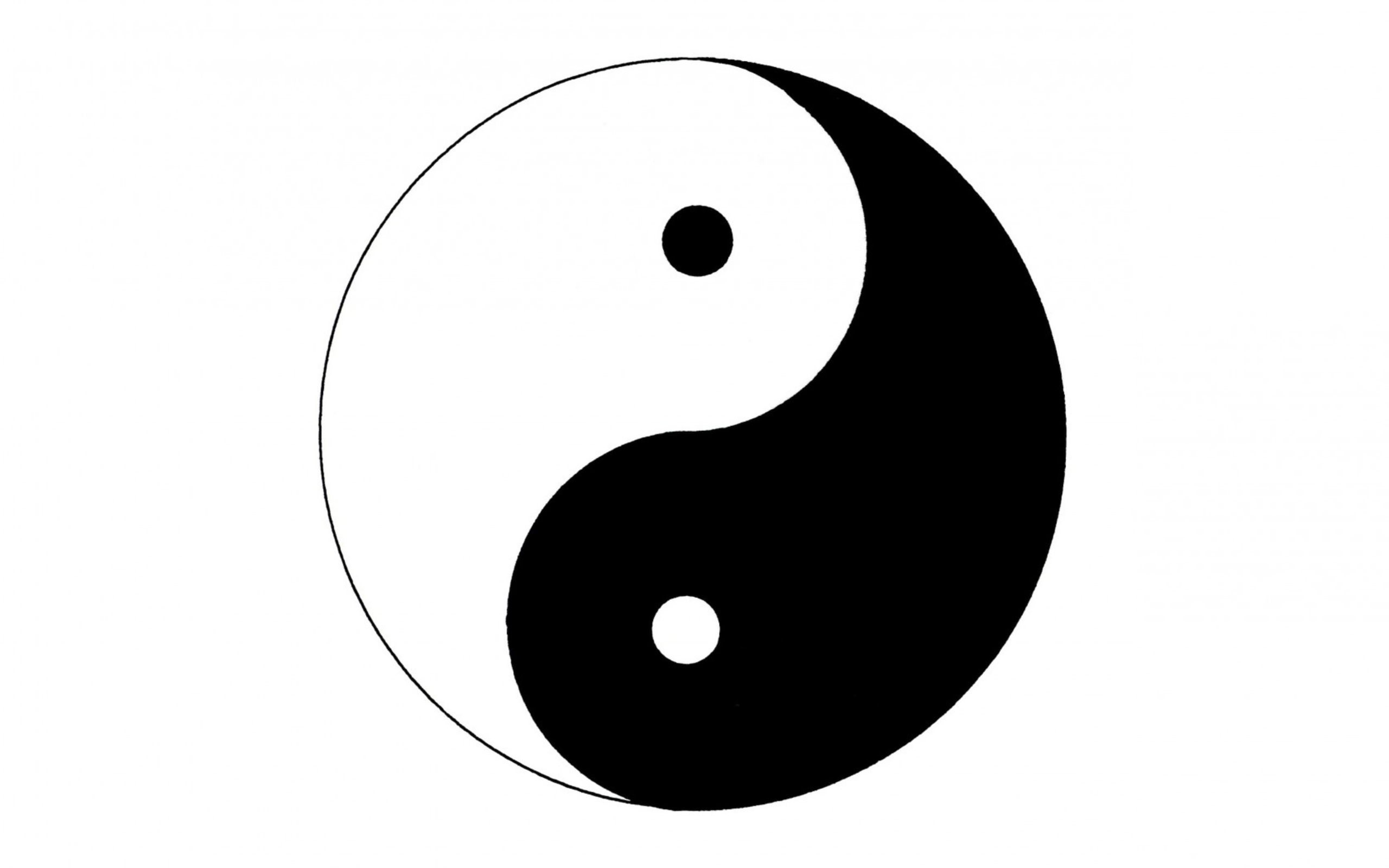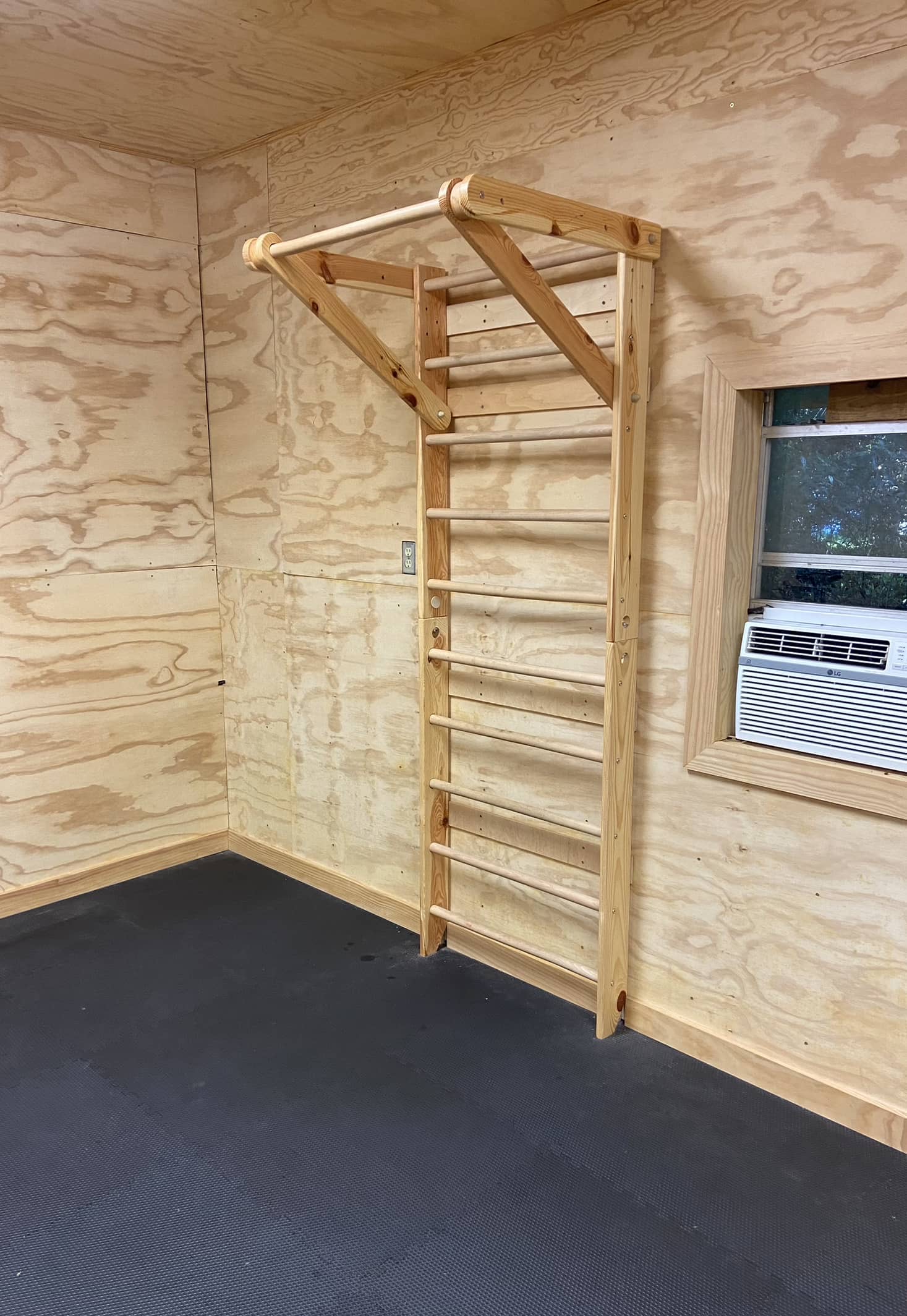Six months after my ACL surgery, I walked into my surgeon’s office for a follow-up. Despite months of physical therapy, I couldn’t squat all the way down, like a baseball catcher. “You’ll never be able to do that again, nor should you want to,” the doctor told me, cautioning that such extreme ranges of motion were stressful on the knee and could cause damage over time.
I was devastated. As a young athlete who had always excelled in sports, hearing that my knee would never fully recover felt like a heavy blow. My knee would swell occasionally, it almost always hurt, and I couldn’t move it the way I could before the surgery. The pain, instability, and swelling held me back, making me feel as though something was fundamentally wrong with my body.
For four years, I resigned myself to this limitation, believing it was necessary. Then, everything changed when I found martial arts and yoga. In those classrooms, I met people who understood the body in ways my previous coaches and physical therapists had not. They taught me how to move, stretch, and take care of my knee. This began my journey of learning how to truly care for my body, transforming not just my physical abilities but also my understanding of flexibility.
Flexibility is defined as the ability of muscles, joints, and soft tissues to move through an unrestricted, pain-free range of motion, and it is often misunderstood. What we consider “normal” flexibility is deeply flawed. To put this in perspective, consider the analogy of weight. In the United States today, most people are overweight. If we based our understanding of what is healthy on the average weight of an American, we would have a flawed perception of normalcy. Because most people are unhealthy, our notion of “normal” is skewed. Similarly, the normal ranges of motion in the general population are drastically different from what is considered normal in ballet, gymnastics, and martial arts.
To truly understand flexibility, there are a few key concepts to grasp. FIrst, it is important to understand that each joint in the body is capable of specific movements, such as flexion, extension, adduction, etc. These movements of the human body are taught in every introductory anatomy course. Once you understand these basic movements, it’s important to recognize that each joint’s range of motion exists on a spectrum. On one end of the spectrum are individuals like ballerinas, gymnasts, and martial artists who exhibit exceptional flexibility. These ‘flexibility standards’ represent the full range of motion that the human body can achieve. My understanding of these standards comes from studying and spending time with experts in these disciplines.
On the other end of the spectrum lies pain, dysfunction, and reduced range of motion. I contend that we should look to the ballerinas, martial artists, and gymnasts in order to understand and improve our flexibility. Most people may never reach the athleticism of professional dancers or martial artists, but understanding these concepts can help anyone improve their flexibility, movement quality, and overall health.
The purpose of this article is to introduce you to a concept called flexibility standards. A flexibility standard is a movement or posture that represents a full, healthy range of motion for a particular joint. These flexibility standards are usually borrowed from gymnastics, ballet, or martial arts. In those disciplines those movements are considered basic. However, for the general population, those movements should represent an end goal. If someone were to incorporate these flexibility standards into their exercise routine, one can learn how to become a better mover and enhance their quality of life.
Resting Squat as a Flexibility Standard
Among the many standards of flexibility, perhaps one of the simplest and most fundamental is the resting squat. This basic movement, historically used for resting, requires the coordinated flexibility of the ankles, knees, and hips. Due to modern lifestyles that involve prolonged sitting on sofas and in cars, many people rarely use this movement, leading to a loss of flexibility in these joints.
The resting squat reflects overall joint health and mobility. In many cultures, squatting is a natural part of daily life, used for eating, resting, and working. In contrast, Western societies have largely moved away from this practice, contributing to reduced flexibility and increased joint issues. If you can perform a resting squat without pain, it is highly likely that your knees, ankles, and hips are functioning well. This makes the resting squat an accessible and practical indicator of joint health and flexibility.
It’s a lot easier to maintain a movement than it is to get it back once you lose it. To maintain the resting squat, simply sit in the squat at least a few times per week. Spend enough time in the squat position so that a few minutes in this position feels good rather than torturous. This truly should be a rest position. If you cannot sit in the bottom of the squat with your heel on the ground, use something to hold on to. You can modify the resting squat by holding onto a door frame or a sturdy piece of furniture for balance. This will help you maintain the position and gradually improve your flexibility over time.
Front Split as a Flexibility Standard
Another important flexibility standard is the front split. This movement is considered basic in ballet and martial arts because achieving it is essential for performing these activities properly. People who can do a front split most likely have an extremely healthy musculoskeletal system, especially if they have the strength to match the range of motion.
Most people will not have anywhere near this level of flexibility, but the front split can be used as a long-term goal to strive for. My advice is not to jump into attempting to do a front split right away. Instead, use the front split as a benchmark to assess and improve your flexibility gradually. Start by figuring out your current level of flexibility and then work on improving your range of motion and strength at the end of your range of motion.
An excellent preparatory exercise that provides musculoskeletal and movement benefits, while also improving flexibility, is the long lunge.
How to Perform a Long Lunge:
- Start in a standing position with your feet shoulder-width apart.
- Take a big step back with your left leg and a big step forward with your right leg.
- Inch your feet a little further apart until you reach the end of your range of motion.
- Your front leg should be bent slightly with the foot completely on the floor.
- Your back leg should be bent slightly with the back heel off the floor.
- Hold this position for about 60 seconds, then switch to the other side.

Conclusion
By looking at the movements and flexibility standards of disciplines like ballet, gymnastics, and martial arts, we can gain a clear understanding of what full flexibility looks like. These disciplines showcase the peak of human movement capability, demonstrating the full range of motion that our joints and muscles can achieve when properly conditioned.
I encourage everyone to learn about these movements and use them as long-term goals to strive for. By incorporating flexibility standards from these practices into your fitness routine, you can improve your movement abilities, flexibility, strength, and overall health. While it may take time and dedication to reach these standards, the journey itself will yield significant benefits to your musculoskeletal system and overall well-being.
Remember, flexibility is not just about achieving extreme positions but about ensuring your body can move through its full range of motion without pain. Start with accessible movements like the resting squat and gradually progress towards more advanced goals like the front split. Your body will thank you for the effort, and you’ll experience enhanced mobility and vitality in your daily life.




